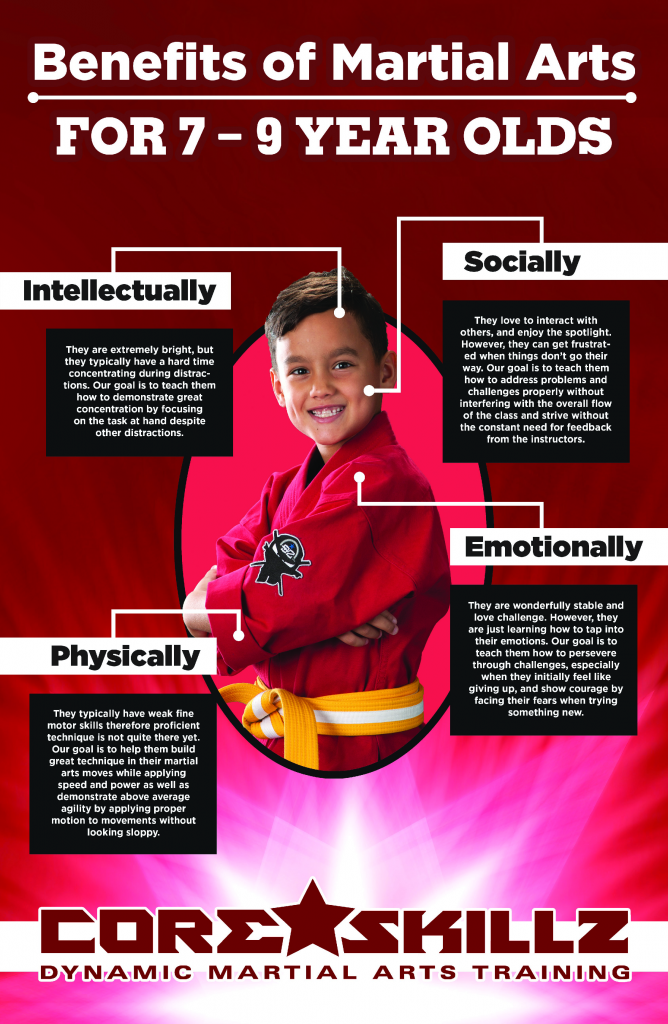The Development And Historic Value Of Martial Arts Across Various Cultures
The Development And Historic Value Of Martial Arts Across Various Cultures
Blog Article
Created By-Winkler Odonnell
Martial arts have a remarkable history that covers centuries and continents. You might locate it appealing exactly how ancient practices like Shuai Jiao and Kalaripayattu laid the groundwork for contemporary battle methods. These disciplines not just highlight physical skills yet additionally mirror the cultures that birthed them. As you discover their development, take into consideration how globalization has actually transformed these standard kinds right into hybrid styles. What influences do you think have formed today's martial arts landscape?
Ancient Martial arts: The Foundations of Fight
As you delve into the world of ancient martial arts, you'll uncover the abundant foundations that formed combat methods throughout cultures. Early techniques concentrated on Self-Defense and survival, frequently incorporating strikes, grappling, and weaponry.
In old China, for example, methods like Shuai Jiao emphasized throws and joint locks, while India's Kalaripayattu showcased agility and fluid activity. Japanese samurai developed Kenjutsu, a refined swordsmanship that highlighted discipline and technique.
These martial arts offered not just for fight but additionally as a way of personal advancement, instilling worths like regard and determination. The mixing of these techniques over time prepared for the diverse martial arts you see today, each showing the special philosophies and demands of its culture.
The Social Influence on Martial Arts Development
While martial arts typically mirror the practical demands of a society, they likewise embody the social worths and ideas of their beginnings. When best martial arts for kids check out various martial arts, you'll see how they're influenced by faith, philosophy, and social norms.
As an example, the focus on respect and discipline in Japanese martial arts originates from Zen Buddhism and samurai culture. In contrast, Brazilian Jiu-Jitsu promotes versatility and approach, formed by the demand for effectiveness in a diverse, multicultural atmosphere.
You could discover that the rituals, uniforms, and training approaches mirror a neighborhood's background and identification. By understanding these social impacts, you grow your admiration of martial arts and their role in shaping human experiences around the world.
Modern Adaptations and the Globalization of Martial arts
Martial arts have actually changed substantially in recent decades, adjusting to modern society and worldwide impacts. You'll notice that standard forms have mixed with modern techniques, developing hybrid styles like MMA. These adaptations accommodate varied target markets, making martial arts easily accessible and enticing globally.
With the increase of social media sites and electronic systems, you can find tutorials and competitors from all corners of the world, damaging geographical barriers. This globalization has actually brought about a common appreciation for various disciplines, from Brazilian Jiu-Jitsu to Taekwondo.
As you engage with these arts, you'll recognize they're not just about combat; they promote physical fitness, discipline, and mental health.
Inevitably, modern adjustments have enhanced the martial arts landscape, making it a dynamic and advancing method.
Conclusion
In exploring the history and development of martial arts, you uncover an interesting blend of strategies, cultures, and viewpoints. From ancient techniques like Shuai Jiao and Kalaripayattu to the modern flexibility seen in MMA, martial arts mirror humankind's quest for Self-Defense and individual growth. As you involve with these methods, you not just acquire skills however likewise a deeper appreciation for the varied practices that form our globe today. So, proceed what is martial arts for kids and accept the art of combat!
